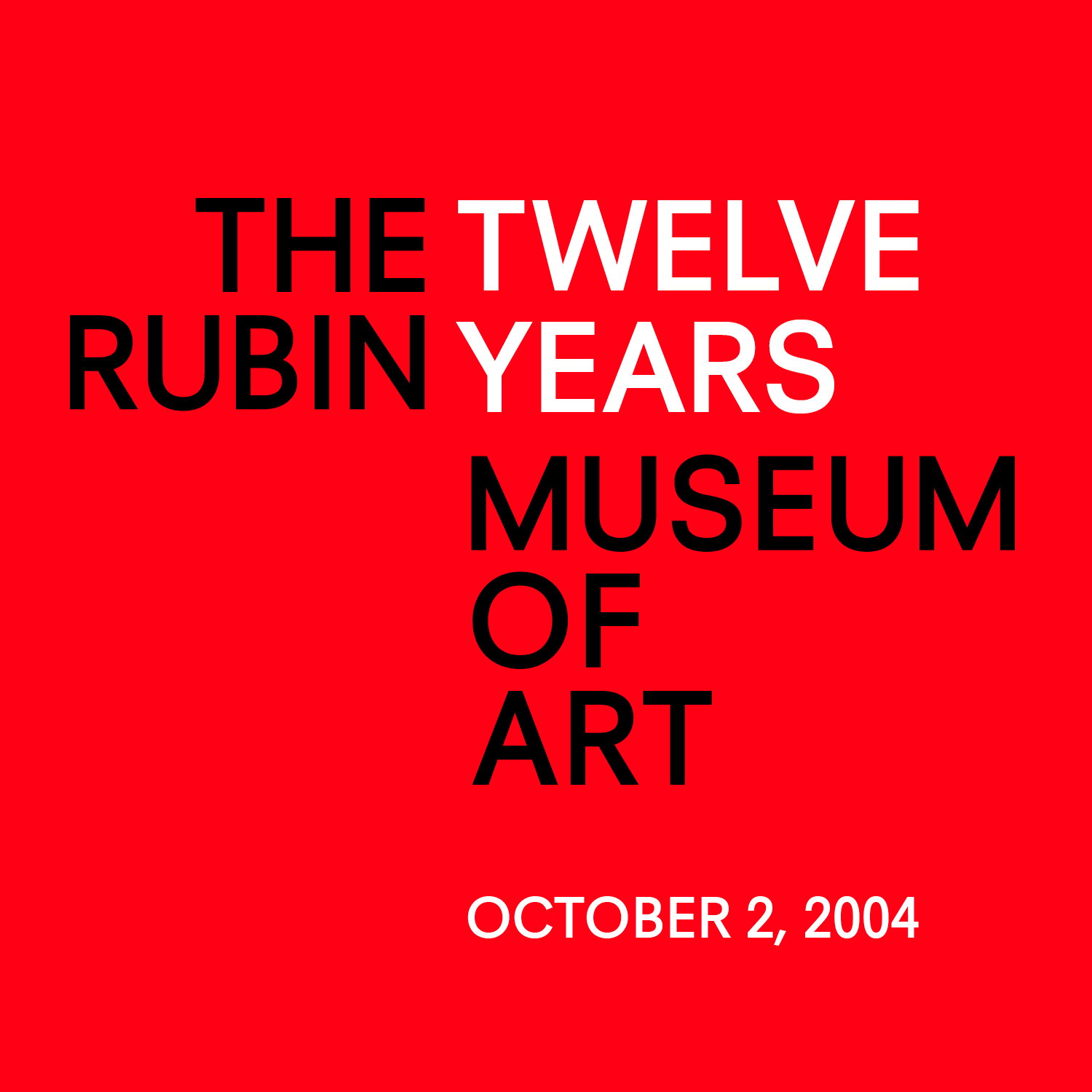
Twelve years ago today—on October 2, 2004—the Rubin Museum opened its doors to the public for the first time. We’ve grown up a lot since then!
On our birthday, we’re grateful for the many art lovers and wisdom-seekers that have helped build the Museum community that exists today.
Twelve years later, we’re just as curious as ever, and driven to be a place of constant learning and personal reflection:
1. Our World Debut
“The art that fills this handsome new museum promises to reveal what we already know: that images, even those arriving from the ends of the earth, can tell us tales we recognize from the universal human mind.”
Our first feature in the New York Times, published a few months before the Museum’s grand opening, introduced many people to the Rubin Museum for the first time. Today, the article reminds us of the wonders that have attracted visitors to our galleries for over a decade, and the ways that our most important values are unchanged.
2. Our First Exhibitions
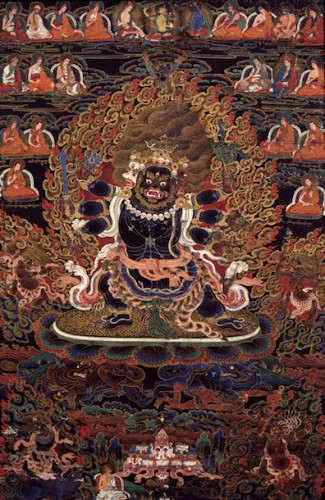
One of the first exhibitions displayed at the Museum was Demonic Divine: Himalayan Art and Beyond. The exhibition encouraged visitors to discover the ways in which seemingly violent, grotesque figures in Himalayan art actually represent benevolence and protection. Demonic Divine and the accompanying catalog set the tone for our exhibitions, which aim to provide new insight, and often, unexpected discoveries.
3. Unforgettable Performances
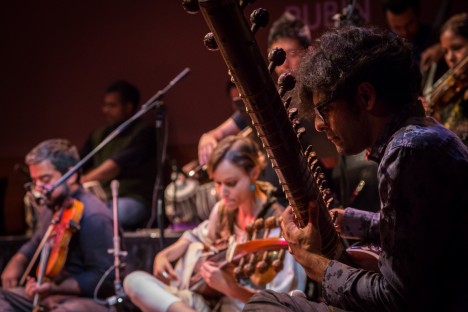
There were a number of memorable performances at the Museum in our first few years. Among them were Jon Batiste’s Jazz at the Rubin shows, in 2006 and 2008, the former of which was recorded and released as a live album! Batiste would later go on to become the music director and bandleader for The Late Show with Stephen Colbert and its band Stay Human. Our next Jazz at the Rubin show on October 20 features pianist and composer Fred Hersch.
4. Joining the Contemporary and the Classic

When the Museum first opened in 2004, contemporary artists were invited to contribute designs in the form of Tibetan prayer flags to welcome the Rubin to Chelsea on the occasion of its grand opening. In 2008, the flags were put on display in a formal exhibition, entitled Written on the Wind: The Flag Project. The Flag Project bridged the traditional and the contemporary, a recurring theme in the Museum’s exhibitions and programming.
5. Opening the Tibetan Buddhist Shrine Room
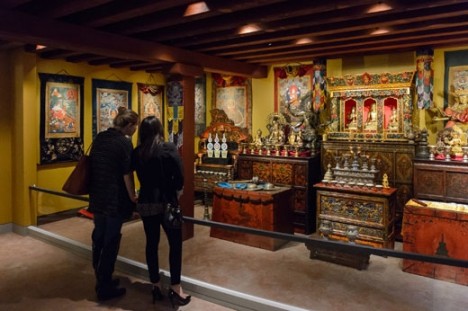
Since its initial opening in 2010, the Tibetan Buddhist Shrine Room has been one of the Rubin’s most beloved installations. The Shrine Room, in its several iterations over the years, has provided a space for visitors to observe the artwork of a Tibetan shrine its cultural context—arranged in an intimate environment with offerings to the senses. On our website, those too far away to visit in person can take a virtual tour of a version of the Shrine Room!
6. Celebrating Losar with Our Families

For several years now, families have celebrated Losar, the Himalayan New Year, at the Rubin. Activities have included: art-making, traditional Tibetan musical performances, torma sculpting, and pop-up Tibetan tea houses. You can watch a timelapse of a sand mandala families created in 2015 in our Media Center!
7. Exploring the Mandala
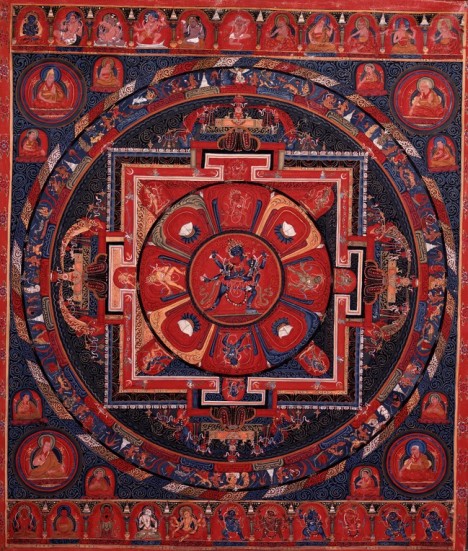
Anyone who has visited the Museum knows that seeing a mandala is part of the Rubin experience. For our 2009 show, Mandala: The Perfect Circle, we presented a number of manifestations of Himalayan Buddhism’s most ubiquitous symbol—the mandala. The exhibition also featured 3D renderings of Mandalas that allowed visitors to visualize the experiential concepts behind the 2D creations. If you missed the exhibition when it was open, you can still view an online adaptation of the Mandala: The Perfect Circle online.
8. Taking over 17th Street
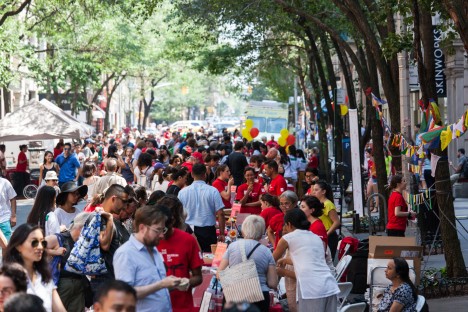
The Rubin Museum Block Party has come to be one of the Museum’s most anticipated annual events! Every year, families flock to 17th street to celebrate Himalayan cultures through live music, snacks, and art-making.
9. Sleeping Over at the Museum

The Rubin Museum Dream-Over, which the Museum first offered in 2011, gives visitors a museum experience like no other. In addition to getting to spend a night at the Museum, visitors explore the role of dreaming and consciousness in Himalayan art and culture. Our next Dream-Over takes place later this month!
10. Honoring Nepal
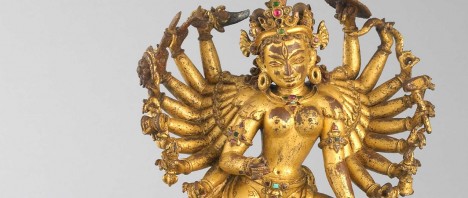
Like any life, loss has been a part of our memories. We were shocked and hearbroken by the 2015 Nepalese earthquakes, when countless lives were impacted and cultural artifacts were destroyed. In the aftermath, the Rubin community came together to celebrate and honor Nepalese culture in the face of adversity. Today, the Rubin continues to be a place for people from all over to discover the beauty and power of Nepalese culture.
11. Making Mind-Body Connections with the Art
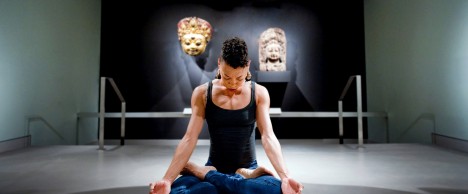
A relatively new addition to the Museum’s programming lineup, Breathe consists of mindfulness meditation sessions inspired by the artwork in our galleries, “Yoga Connections” Museum tours, and special mind-body workshops. The series has quickly become a Rubin classic and provided exciting new ways to learn about Himalayan art and ideas.
12. Bringing together different perspectives

Over the past ten years, Brainwave has become the Rubin’s premiere program series. Every season, celebrity guests speakers from different—and sometimes contrasting—walks of life are invited to speak on topics like emotion, attachment, illusion, memory and more! The Museum’s annual gala on October 6 will honor a decade of Brainwave with dinner, entertainment, and a dance-filled after party, that all are invited to attend.
Throughout all of these memories and moments, our community has been the common thread. Thank you for being a part of the Rubin’s first twelve years! We look forward to sharing many more moments with you in the next twelve.

